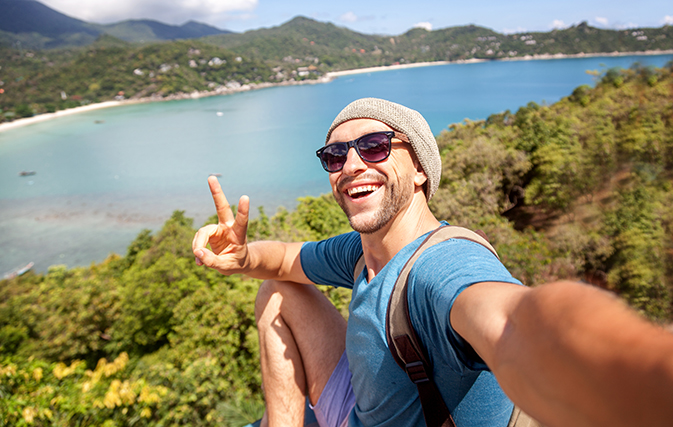TORONTO — People will do anything to capture the perfect shot while on vacation, but at what cost?
According to a new global study by the US National Library of Medicine National Institutes of Health, ‘selfie’ ****** are on the rise, with 259 ****** reported in 137 ********* from October 2011 to ******** 2017. There were only three selfie-related ****** in 2011, but that number spiked to 98 in 2016 and 93 in 2017.
********, transport and falling were the top reasons for ****** caused by selfies, which is defined as any accidental ***** that occurs while doing self-photography or clicking selfies.
“Selfie ****** have become an emerging ******* and we performed this study to assess the epidemiology of self-related ****** across the globe,” said the report.
The organization inputted keywords such as ‘selfie ******’, ‘selfie accidents’ and ‘‘mobile *****/accidents’ when gathering data. It found that the mean age of people who’ve **** was 22.94 years, with 72.5% of total ****** occurring in males and 27.5% in females.
Where are selfies most dangerous? ******, United States and ********.
The report also stated that “this is just the tip of the iceberg”, with many cases not being reported. For example, certain ****** due to selfies may be reported as road traffic accidents or others, which leads to underreporting of a large number of cases.
In September 2018, a California woman fell to her ***** while taking selfies on the edge of a 200-foot cliff at Pictured Rocks National Lakeshore. In that same month, an Israeli teen also fell to his ***** while trying to take a selfie at Yosemite National Park.
In June, an Australian couple fell to their ****** while taking a selfie on a 30-metre high wall in Portugal. And in May of this year, a man in Odisha, India tried to take a selfie with a ******* bear and was mauled to *****.
To keep click-happy tourists safe, researchers suggest the creation of ‘No selfie zones’ areas in places such as water bodies, mountain peaks and tall buildings.

